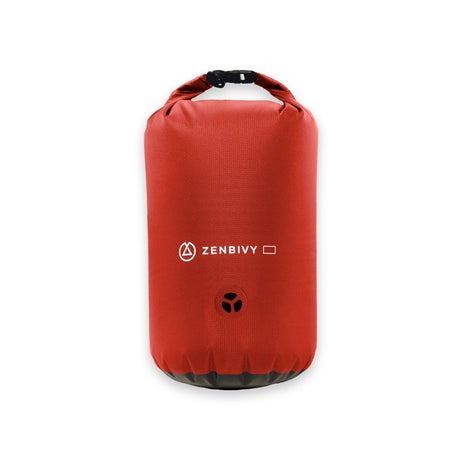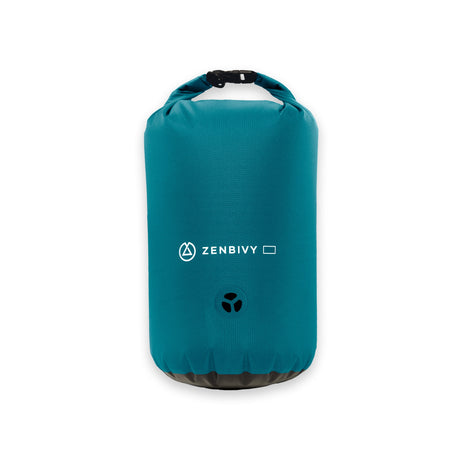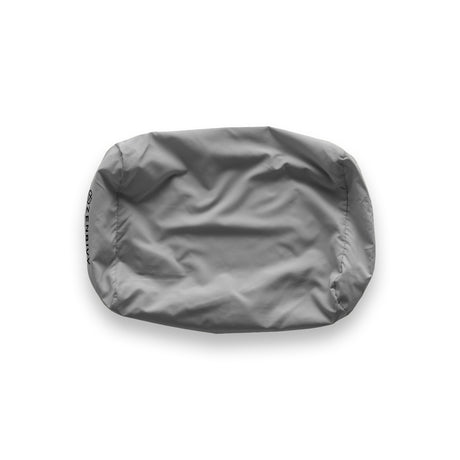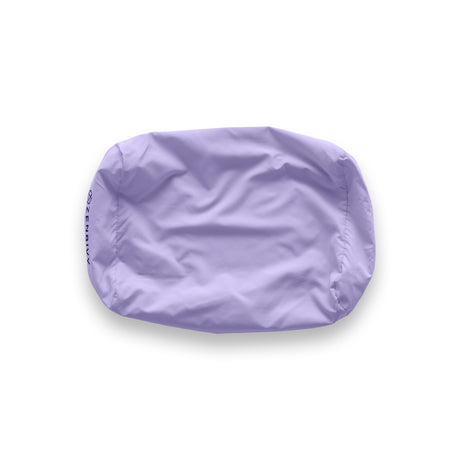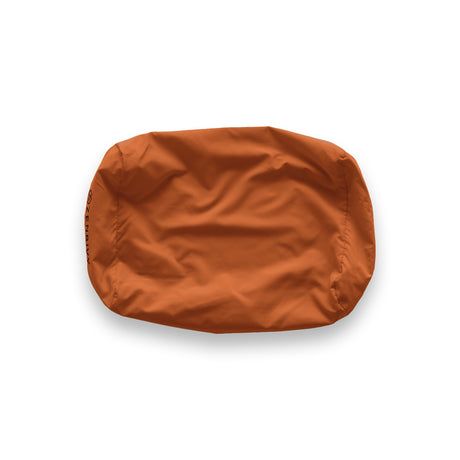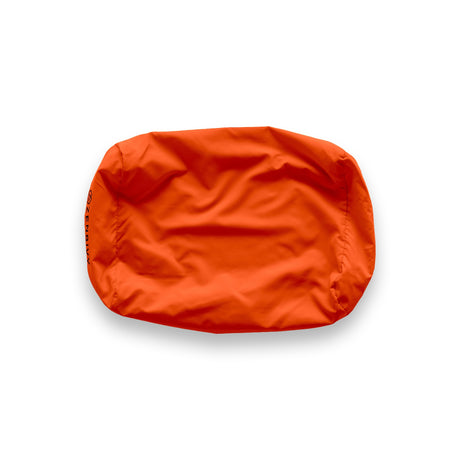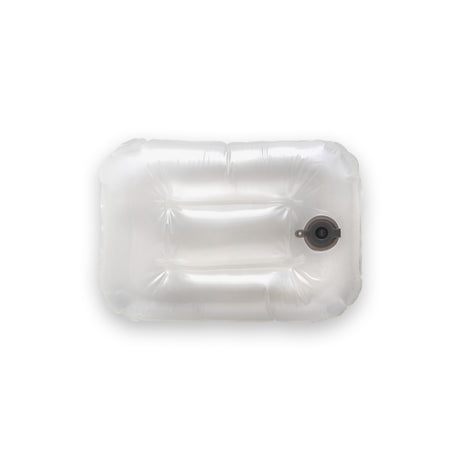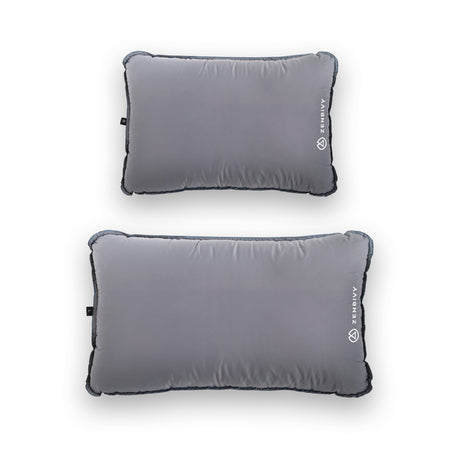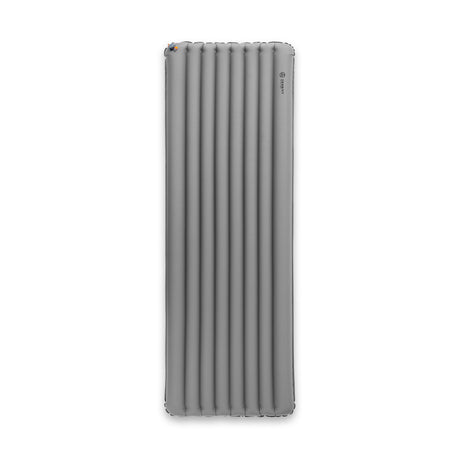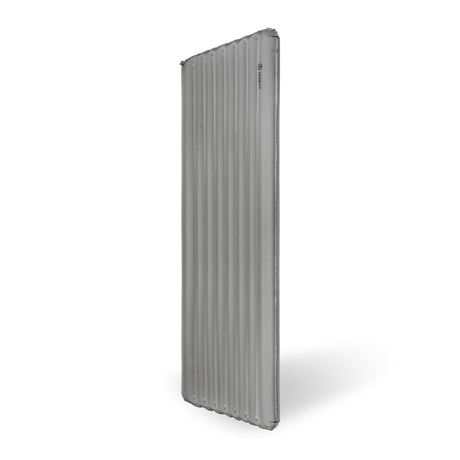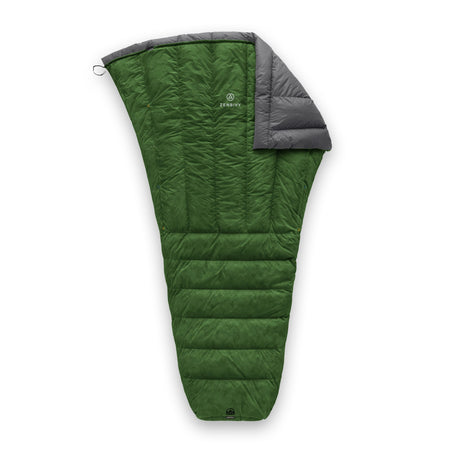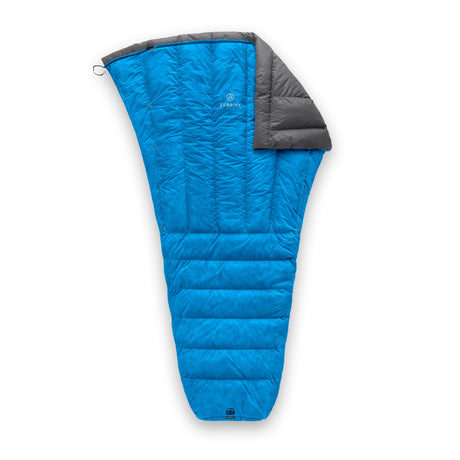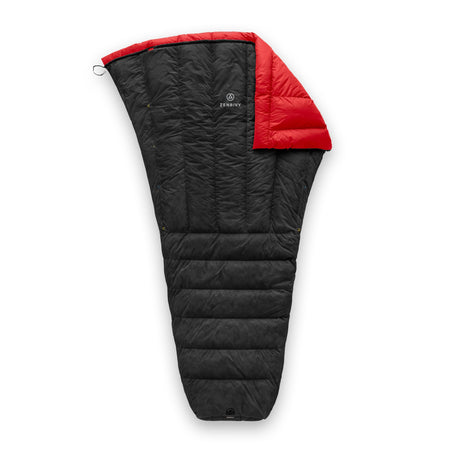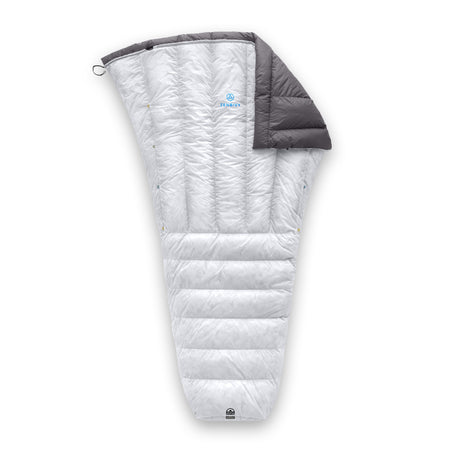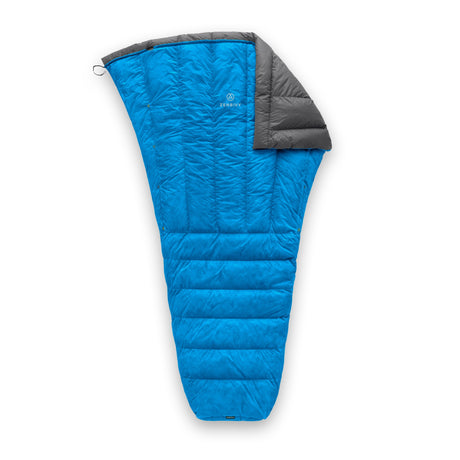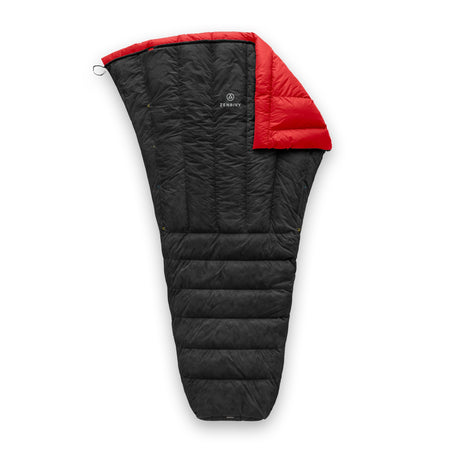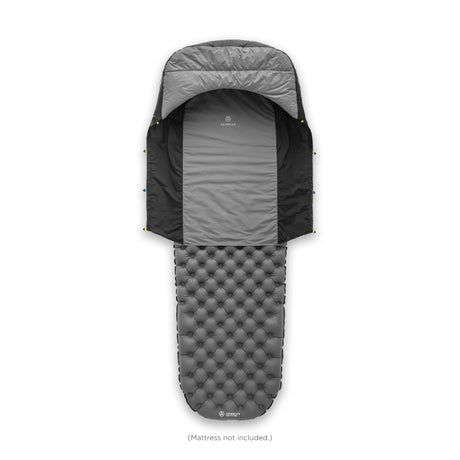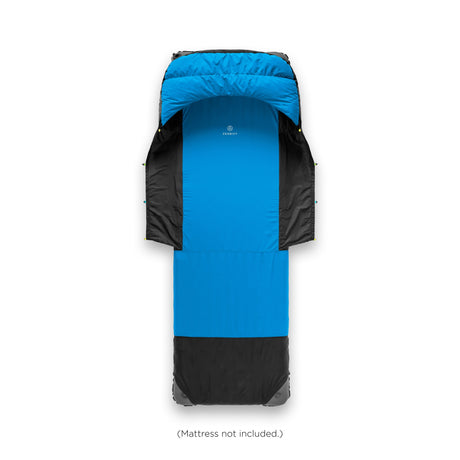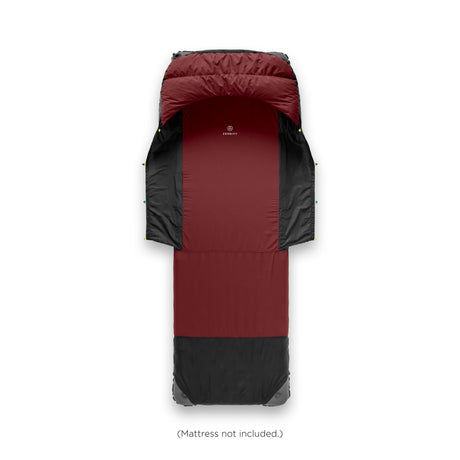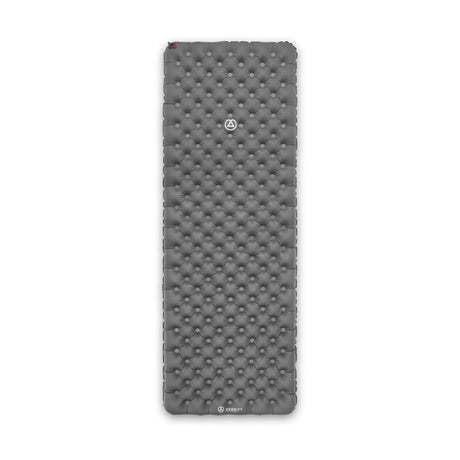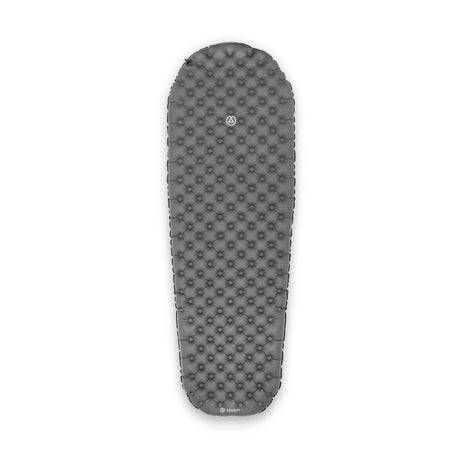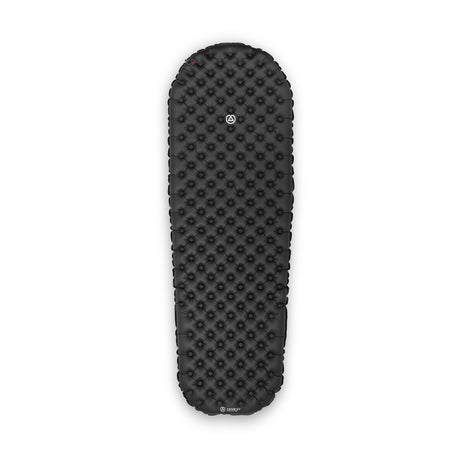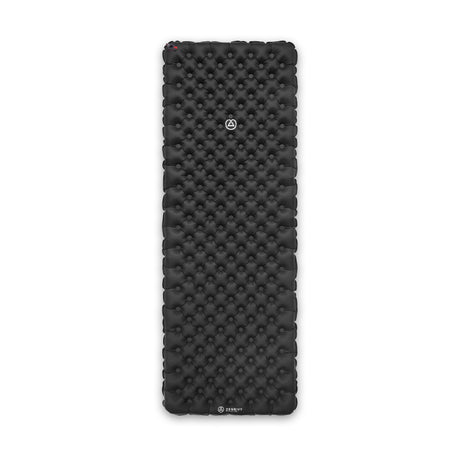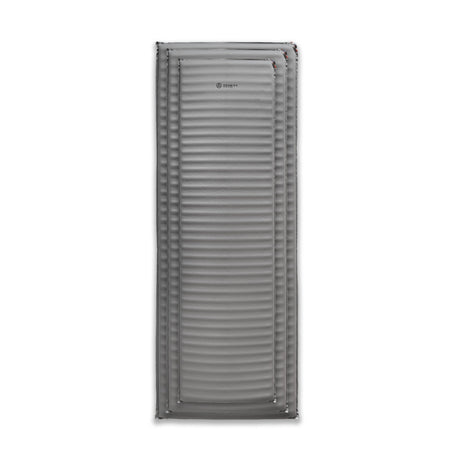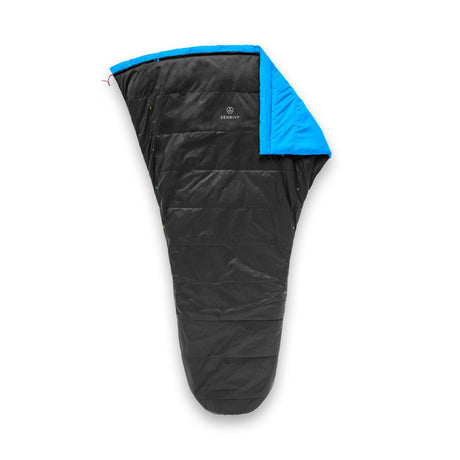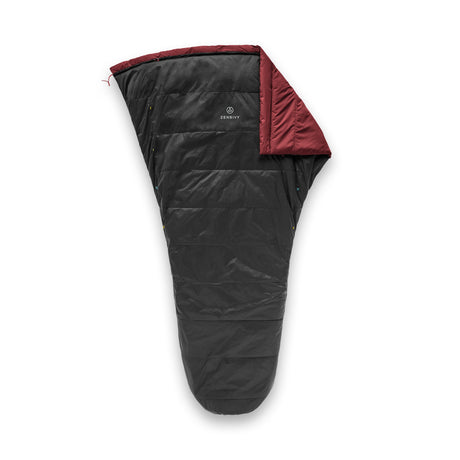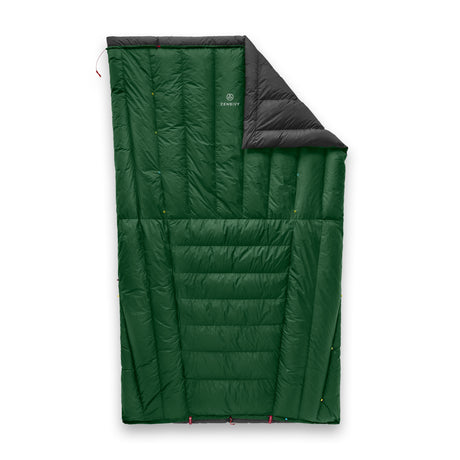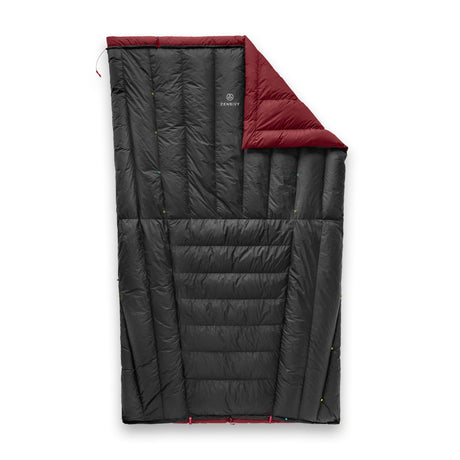The use of chemically intensive hydrophobic down is coming to an end as a shift towards cleaner insulation technology emerges and makes its way into new outdoor gear designs. Frank Kvietok—the Ph.D. chemist who originally brought water-resistant down technology to the marketplace—is inarguably the leading independent authority on the subject. Zenbivy was proud to sponsor Frank’s session during Backpacking Light’s Trail Days Online back in February where he spoke about the past, present, and future of hydrophobic down. Here’s what we learned.
For Starters: What Is Down?
From sleeping bags to jackets to your duvet at home, there’s no doubt you’re familiar with down. But what is it exactly and how does it keep you warm?

Despite what you may think, down filling is not made from feathers. It’s made from goose or duck plumage, the fluffy insulation directly beneath the feathers. This is nature’s mid-layer, and despite our best efforts in science we’ve still not managed to create a more effective insulator. The insulation-to-weight ratio, compressibility, breathability, and durable, long-lasting nature of down is simply unmatched.
So, what does this fluffy insulation look like and how does it keep us warm? Down clusters are three-dimensional structures with thousands of filaments that criss-cross to create air space. Just as a sponge traps water, down clusters trap warm air while still allowing moisture and air to move through. This breathability is key. It's why you’re able to wear a down jacket in a broad range of temperatures and remain comfortable. Essentially, down serves as a wicking material, allowing moisture to pass through and evaporate.
The Case for Hydrophobic Down
Down is an incredible insulator... until it gets wet. It may seem counterintuitive, but a little bit of moisture actually helps down maintain its structure and loft. Excess moisture it what you want to avoid. This makes the down heavy, collapsing the delicate three-dimensional structures and in turn collapsing that precious air space required to insulate.
Down on a duck or goose is water repellant. The natural oils cause water to fall away so that it can keep insulating. When it's harvested, processed, and washed some of these natural oils are removed, making the down more susceptible to taking on excess moisture than it would in its natural state.
 But don’t let that scare you! People have been using untreated down with success for generations. As Frank noted in his talk: think of treated down as an insurance policy. The goal of hydrophobic down treatments is to help prevent excess moisture from impacting the down while perserving all of the other inherent benefits that make it such an effective insulator like its insulation-to-weight ratio, compressibility, breathability, and durable, long-lasting nature.
But don’t let that scare you! People have been using untreated down with success for generations. As Frank noted in his talk: think of treated down as an insurance policy. The goal of hydrophobic down treatments is to help prevent excess moisture from impacting the down while perserving all of the other inherent benefits that make it such an effective insulator like its insulation-to-weight ratio, compressibility, breathability, and durable, long-lasting nature.
Similiar to water-resistant fabrics, generally a DWR (durable water repellant) treatment is used to enhance down’s ability to repel water. There are several water-resistant downs on the market right now, including premium HyperDRY™ down from ALLIED Feather + Down that we use in some of our most popular quilts and beds. New innovative technologies are emerging as well, such as ExpeDRY™ down from ALLIED that we use in our newly launched Zenbivy Ultralight Quilts and Sheets.
ExpeDRY™ down uses a chemical-free bonding of non-toxic gold particles to the down clusters to aid in evaporation, so the down dries faster and stays drier in higher humidity conditions. How does it work? The gold particles draw in heat which is then transferred to the fibers of the down, allowing moisture to evaporate more readily.
How to Care For Down
Don’t be afraid to wash it, but also keep in mind that you don’t want to over wash it. Down itself, despite how fragile it may appear, is remarkably durable but if it's treated you don’t want to strip it unnecessarily. To wash and dry your down quilt, follow the manufacturer’s recommended washing instructions and store it uncompressed in a breathable bag between trips.

While on a trip, it's ideal to let your down quilt breath as often as you can to ensure the down remains as effective as possible. This could look like taking your quilt out of its compression dry sack as soon as you set up camp, or laying it out in the sun on your lunch break if it was a particularly dewy morning.
Down products can (and will) last you a lifetime if cared for properly. There’s no better insulator, and with the recent invention of hydrophobic down, that's truer than ever. Though more expensive than synthetic, it’s certainly a worthwhile investment.


